An Eye on the Baby - Smart Nursery and Wearables

Latest news
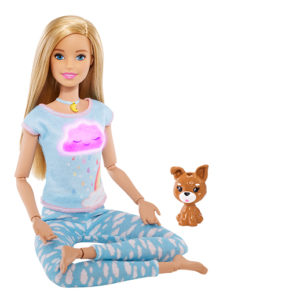
-ADVERTISEMENT- The wellness and fitness trend has arrived in the …
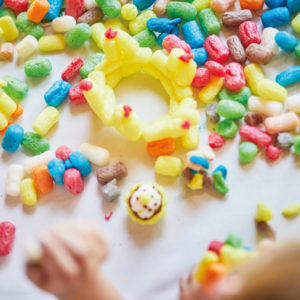
The fight against environmental destruction and the climate crisis are …

Anyone looking for new products in the field of toys, …
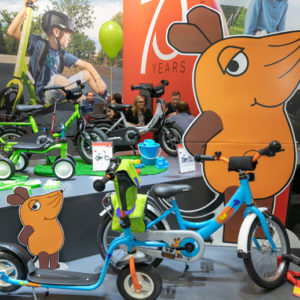
It is a market with huge dimensions and great potential. …
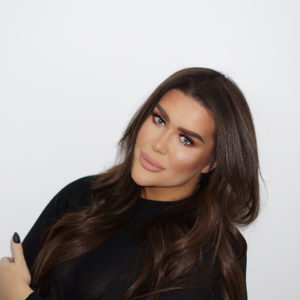
For companies, a social media presence has become indispensable and …
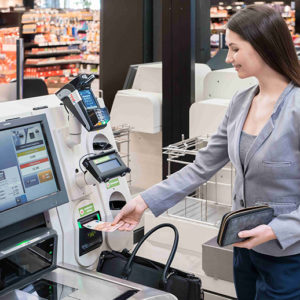
Hardly anything disturbs customers as much as waiting at the …

Research by TV station RBB has shown that some outlet …
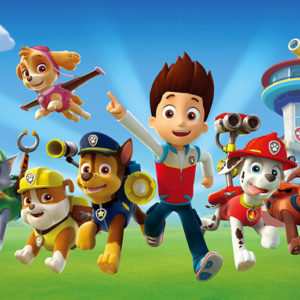
The industry association Licensing International (formerly LIMA) has honored outstanding …
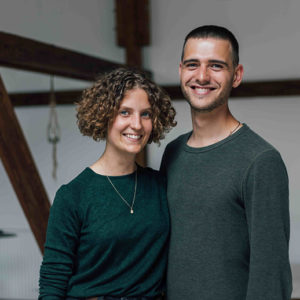
Communications manager Hannah König and managing director Stephan Schenk are …
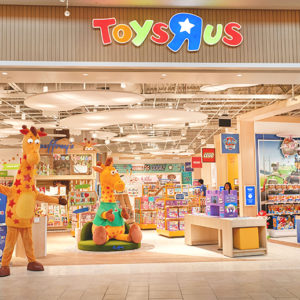
The toy dealer wants to leave his insolvency behind him. …
Baby’s nursery is becoming more digital. According to Statista, 23% of all parents have a baby monitor with camera. If these devices transmit signals such as images or sound to a smartphone, then they are considered part of the Internet of Things (IoT). Sales of this networked technology are booming. The smart home sector is worth an estimated 1.8 billion euros for German households alone. The digital baby equipment market is also benefiting from this development.
There are no sales figures for the German market, but many exhibitors at Kind + Jugend 2017 reported strong demand. Luana Mooibroek, Business Development Manager at Motorola Baby Europe, said: “We have received very positive feedback so far. The products are currently well-placed in the market and are highly regarded by professionals in the baby & toddler industry, which has certainly contributed to positive sales figures.”
In the smart nursery sector, many digital helpers monitor signals from the baby or the nursery. The classic baby monitor has evolved into a smart solution that transmits images, health measurements, and sounds to the smartphone. Via an app, parents can access the monitor from anywhere, change the camera angle, talk to the baby, play lullabies, check the room temperature, or record videos. It is also possible to record and analyse various values such as noise, movement, temperature, humidity, and sleep behaviour. On request, the system sends reminders to change or feed the baby. For the Motorola Smart Nursery, additional features can be controlled via smartphone. These features include noise and light projectors, humidifiers, scales, or window protection. The digital helpers are also available in a cuddly animal format - such as E-zzy, developed out of Whisbear, which won the sleep assistance prize at Kind + Jugend 2016. The cuddly bear will be available from spring 2018. It can be set to send an alarm signal to the parent’s smartphone if the baby cries. The bear can then be controlled via the app and used to soothe the baby.
Wearables are in great demand, especially overseas. These highly functional garments are worn by the baby. For example, Monbaby sells digital motion detectors that are clipped to the baby’s body. Owletcare produces baby socks that measure vital signs, such as heart rate and oxygen level, and send these to the parents’ smartphones. Onesies from mimo monitor the baby’s breathing, sleep status, sleeping position, and other values. Experts estimate that global sales of baby wearables alone are worth around 900 million US dollars.
There are many reasons for smart baby monitors, networked thermometers, and motion detectors worn by the baby. Digital natives are now becoming parents. They feel at home with smartphones and networked technology, so naturally use these solutions in their children’s bedrooms too. If they are in the office or on a business trip, they can still see their baby. Many new mums and dads are also concerned about the health of their newborn. For example, they want to avoid risk factors for cot death, such as a prone sleeping position or high temperatures. Owletcare offers a digital platform for their smart socks, which collates the baby’s data. “By making this information available to parents, we strive to improve the child’s health and build a good foundation for her or his future development,” says Dr. Ken Ward, medical director of Owlet. Zuzanna Sielicki developed the digital sleep aid E-zzy together with her sister Julia: “Our goal is to provide babies and parents with a good night’s sleep. Parents also receive technologically advanced, safe, and effective help in the first few days, weeks, or months.”
Dr. Hermann Josef Kahl is a paediatrician and the national spokesperson of Germany’s Professional Association of Paediatricians. Dr. Kahl has advised many parents in his many years of practice. For him, the utility of the devices will depend on each individual situation: “The new digital products can be a real plus for parents. If they are worried about their children, whether for medical reasons or simply because this is their first child, these solutions will reassure them. But I have also often seen parents who were very uncertain about all the data generated by the devices. Here, I would like to see retailers offer good advice to parents and show them how to responsibly handle these technical innovations. Parents should definitely discuss the benefits of the devices with their child’s doctor and not just trust that the devices will provide 100% security.”
Data security is an important topic for many parents when choosing a digital solution. “Motorola’s products use a secure cloud service called Hubble Connected,” says Luana Mooibroek. NUK uses a secure connection across all home and mobile networks, and ensures privacy thanks to individual UID codes. Manufacturers can also obtain two new certificates from TÜV Rheinland. “Protected Privacy IoT Product” evaluates the devices and their data transmission. “Protected Privacy IoT Service” certifies that the manufacturer handles the data securely.
Photos: Motorola Baby/ Whisbear / Monbaby



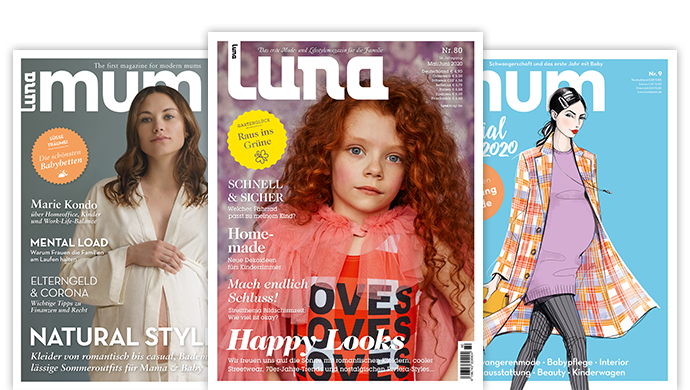
Leave a Reply